THE 2021 SPACE RENAISSANCE CONGRESS FINAL EVENT JULY 15TH, A GREAT EVENT!
THE 2021 SPACE RENAISSANCE CONGRESS FINAL EVENT JULY 15TH, A GREAT EVENT!

The 2021 Space Renaissance Congress held its final event July Thursday 15yth, and it was a great event! In case you missed it, you can watch it here.
Our new elected President, Prof. Bernard Foing, chaired the event with great competence and verve, and pronounced a brief address, unveiling the next five years period, towards the SRI 4th World Congress, in 2026.
The Congress had 300 registered attendees from 43 Countries: Australia, Austria, Bangladesh, Bolivia, Brasil, Bulgaria, Canada, Ch, China, Denmark, Deutschland, Equador, France, Germany, Ghana, Hawaii, India, Iran, Iran, Italia, Japan, Malaysia, Mali, Mexico, Nepal, Nl, Norway, Pakistan, Peru’, Philippines, Polska, Republic Of New Afrika, Russian Federation, Slovakia, South Africa, Switzerland, The Netherlands, Turkey, Ucraina, Uk, Ukraine, Usa, Venezuela.
The Congress sessions had more than 1000 visualizations on the Space Renaissance Youtube channel.
Three Motions were approved during the June 30th 2021 Voting Session, and confirmed during the following 15 days by the online voting mechanism:
- the 2021 Space Renaissance Congress Final Resolution – got 97.83% AYE, 0% NAY, 2.17% ABSTAIN
- the motion on Congress Thesis 1 – got 93.48% AYE, 0% NAY, 6.52% ABSTAIN
- the motion on Congress Thesis 2 – got 93.48% AYE, 0% NAY, 6.52% ABSTAIN
65.71% of the having right to vote expressed their vote for the 3 final motions.
The SRI President, Prof. Bernard Foing, was elected with 95.35% AYE, 0% NAY, 4.65% ABSTAIN
61.43% of the having right to vote expressed their vote for the new President.
The SRI Board of Directors was elected with 93.02% AYE, 0% NAY, 6.98% ABSTAIN
61.43% of the having right to vote expressed their vote for the new Board of Directors
The detailed SRIC3 Acta, including all the presented papers and oral presentations (Youtube videos)
The SRI President, Prof. Bernard Foing, was elected with 95.35% AYE, 0% NAY, 4.65% ABSTAIN
61.43% of the having right to vote expressed their vote for the new President
The SRI Board of Directors was elected with 93.02% AYE, 0% NAY, 6.98% ABSTAIN
61.43% of the having right to vote expressed their vote for the new Board of Directors
The detailed SRIC3 Acta, including all the presented papers and oral presentations (Youtube videos)
1) The complete and detailed Acta of the Congress is online, for all of us to be viewed and reviewed. On this page you can find:
- The presented papers, for download
- The pointer to each live presentation, in the recorded videos on YouTube (hyperlink-pointer to the hour:minutes:seconds)
When watching to any video on the YouTube Space Renaissance channel, don’t forget to subscribe to the channel!
Soon we will also begin the work to assemble the Acta Book, to be published on Amazon, let’s say, within September 2021.
Prof. Bernard Foing — for 30 years ESA officer and tireless space activist — is the new elected President of Space Renaissance International.
Here’s the brief address Bernard pronounced during the Final Party:
“Thank you very much Adriano and all of you, dear friends and colleagues. It is really a honor and a pleasure for me to step into this task, of leading the Space Renaissance International, and all the initiatives we have been discussing. I want to give a special tribute to the Founders, our fathers founders! They gave us a great initial Constitution, the Statutes and also the initial direction. Thanks to all of you, who contributed to the recent Space Renaissance Congress. We discussed many ideas, concepts and contents, and we discussed the Theses documents, converging to our Final Resolution, that was adopted for the next five years. So, this part is a very clear line roadmap for what we could do. I am a man of soul, but also a man of action, I like to think with my hands too, well knowing they can help my brain. I want to pay tribute to the leaders of Space Renaissance International, in particular to Adriano, who has taken a very commitment and motivation to all of us. Then I rise this glass in honor of Adriano and all of our Directors.”
Taking the maximum cultural profit from our Congress. What is the main outcome of our Congress? It is constituted by the concepts that emerged during the presentations and discussions, the things we understood, or better clarified, thanks to the great collective work we made, since October 2020 to July 2021, through the webinar series and the five days of the Congress. During the next weeks and months we will produce several newsletters and articles, “mining” the conceptual contents. A few non exhaustive examples:
- the social inclusivity, as a 4th parameter to assess the level of a civilization (with reference to the Kardashev-Zubrin-Sagan scale)
- the solution of the energy issue on Earth, by moving the industries outside the planet, in the cislunar space
- the key and indispensable role of the new space industry to save and lead the global economy growth, overcoming the multiple crisis
- a gas strategy to kick-off the civilian space development before 2030
- a new enthusiastic aim to bring art in space, giving voice and visibility to many passionate space artists
- a new enthusiastic rush to give voice and representation to all of the Countries of Planet Earth, wherever there’s somebody aiming aim, out of this world
- the urgency and the opportunity to start recovering and reusing space debris
Just to name some of the many key concepts we discussed in this congress.
Keep on following and supporting the Space Renaissance!
Also consider joining the SRI Crew…
Join the Space Renaissance Crew today, to help us implementing the civilian space development!
Long live the Space Renaissance!
2021 SPACE RENAISSANCE CONGRESS – THE FINAL RESOLUTION

The 3rd World Congress of the Space Renaissance International “Civilian Space Development” took place since June 26th to 30th: five days of intense discussions, which were preceded by 7 webinars, since October 2020. The congress saw 10 keynote speakers, 80 submitted papers, 66 live presentations, 15 symposium sessions, and a poster session. The SRIC3 Committee held 20 meetings, since November 2020. We had more than 200 registered participants, and the YouTube recorded live sessions have up to 200 visualizations each. The whole congress was done on Zoom, attended on Attendify and broadcasted live on the Youtube Space Renaissance channel.The last day, Day 5, the Congress approved a final resolution, and two motions on thesis 1 and thesis 2. These approved theses elements on “threats to civilization and opportunities through expansion” consolidate the Space Renaissance Credo and the rationale for SRI future actions, during next 5 years.
2021 Space Renaissance Congress “Civilian Space Development” – Announcement
2021 Space Renaissance Congress “Civilian Space Development”, the 3rd SRI World Congress
5 days Virtual Conference on Planet Earth: 26 to 30 June 2021
9 Keynote speakers, 70 papers Presenters
The Space Renaissance Medici Fund Announces Three Student Sponsored Programmes
The Space Renaissance Medici Fund Announces Three Student Sponsored Programmes

Space Renaissance International (SRI) Medici Fund is happy to announce that, due to the generosity of our Education Sponsors, we are able to award a few prizes and grants for students of any age, interested to space settlement, exploration and civilian development.Three programmes are now open to applicants, in the frame of the 2021 Space Renaissance Congress “The Civilian Space Development”.The 3° SRI World Congress (SRIC3) will take place in a virtual format and will provide attendees with cutting-edge developments in Space Settlement & Exploration, Human Rights, Ethics, Policies, Engineering, Entrepreneurship, Energy, Economics and Education from leaders in their respective fields. Experts in research and industry will present the emerging technologies and future directions in their field.Students at all ages, who are interested in Space Science, Technology, Philosophy, Economy, Policy, Law, Art, are warmly encouraged to participate to the 2021 Space Renaissance Congress.
Astronism, and Space Renaissance
Astronism is the seed of a new religion. Not a theist religion, based on unprovable dogmas. Maybe a religion in its deepest original meaning, from latin ‘religere’ = ‘unifying’. Yes, since realizing this fundamental evolutionary step – bootstrapping a solar civilization – requires to put together the best forces humanity ever has put together: fair competition, collaboration, sharing of ideas, concepts, efforts. In the awareness that this is the greatest challenge our civilization ever dared to face and win. Shouldn’t we see that as a kind of new religion?
Mars: the gateway to the Solar System

Today’s highlight: Bruce MacKenzie, founder of the Mars Foundation.Bruce gave us a detailed view of what will be the economical and industrial development in the solar system, in a broad and strategical concept: Mars, a gateway to the Solar System. How will a future trade and export take place on Mars, to facilitate the civilization expansion into the Solar System. Lot of works will focus on Phobos and Deimos, the Mars’s moons. A space elevator between Mars and Phobos will be key. Thousands of independent space settlements will allow to study and understand how ecosystems work, how water, food, wastes cycles can be better combined and integrated, and such a knowledge will have a fallout back on Earth too. Several favorable conditions suggest to start with Mars, to open the solar system to humanity and life: water, carbon, nutrients, raw materials. Trading among different space settlements is key. Mars infrastructures will include: greenhouses, manufacturing, materials processing, residential areas, ice road, desert trek, farm communities, truck stops, polymer production, fuel production. Key productions to start: polymers and fiber glass. Cargo transportation from Mars surface to the moons and orbital facilities with e.g. space elevators, magnetic guns, regolith rockets. Mars can produce finished goods, food, and bulk materials (gas, ice, liquids, fuel, fertilizers), delivered to Mars orbit, and then to other destinations. Floating towns in Venus atmosphere is another possible location for settlers communities. For a period of time, Mars will be the “bread-basket” of the Solar System.
Year 2400: with nuclear aneutronic fusion, and a decent manufacturing ability, people can set up wherever they want

Three days after another great webinar, that took place last Sunday March 14th on the Development of Mars, the Asteroids Belt and beyond, we can start drawing some lessons and capitalizing important concepts that we learned and compared during the online presentations and discussion. It was a more than 3 hours meeting, and both panelists and guests would had liked to keep on talking more. That will be possible, of course, during our next webinars and the symposia of the congress, and of June.Here’s the recorded video on youtube. By several short newsletters, we’ll give abstracts of the speeches of the Webinar Series. Starting from the last one: Isaac Arthur.
What we mean by “Civilian Space Development”

A friend recently asked me “what do we mean by civilian space development”.Such a question made me understand that, maybe, we were not clear enough about the title of our congress, the Civilian Space Development. Following such understanding, I tried to draw a better rationale, aware that what we wrote was not that self-explanatory as we thought.
It was observed that NASA is a civilian agency, not a military one. And that the commercial space effort is civilian process, not a military one.
Well, when we talk about “civilian” space development, we are not simply suggesting a non military concept of space development. We are rather talking about enabling and bootstrapping the human space settlement, going over the age of space exploration.
In fact, we don’t need to discuss the military or non military setup of the space development. We know that military, as well as all of the other human activities, will expand to space, whatever we like it or not.
But that is definitely not the point: the point is humanity being limited to astronautical space exploration or to be free to expand civilization and settle in space.
Space or Earth? Both!

While we are opening our preliminary discussion for the 3rd SRI World Congress, a number of questions and concerns are being expressed by the main space columnists, about what could be the philosophic setup of the space policy defined by the new US Administration, should it be confirmed the next December 14th.Though Joe Biden didn’t yet say very much about space policy, the most accredited plans foresee cuts to the budget of NASA’s manned space flight programs, in order to give more fuel to the observation of Earth, climate change, and environmental issues.
We are not against raising the budget to Earth observation programs, which are much needed in the current climatic and environmental situation. Besides Earth observation, space agencies should also begin considering the use of space technologies to mitigate the effects of the climate change and the environmental issues, i.e. active space strategies targeted to control the Earth climate.
However, the most important point to be duly focused is that the same priority granted to environmental space programs should be given to bootstrapping the geo-lunar space region settlement and industrialization. Space development is the primary strategy against the awful multi-crisis that is striking our globalized civilization: pandemics, economic, climatic-environmental, resource conflicts, migrations, unemployment.

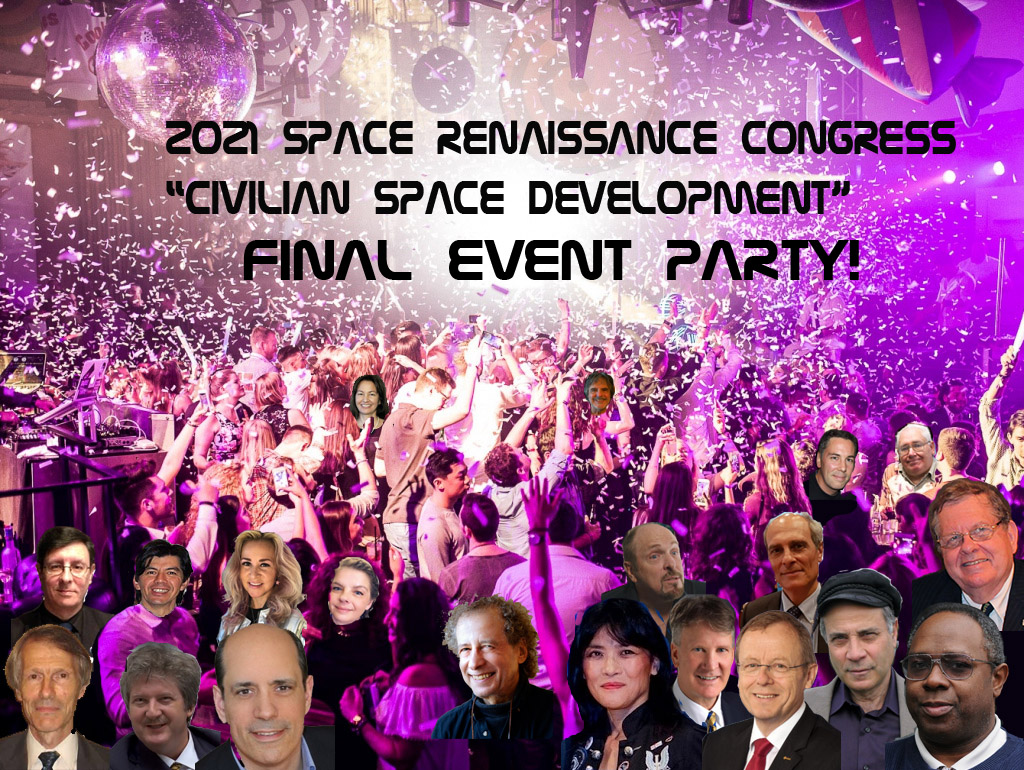


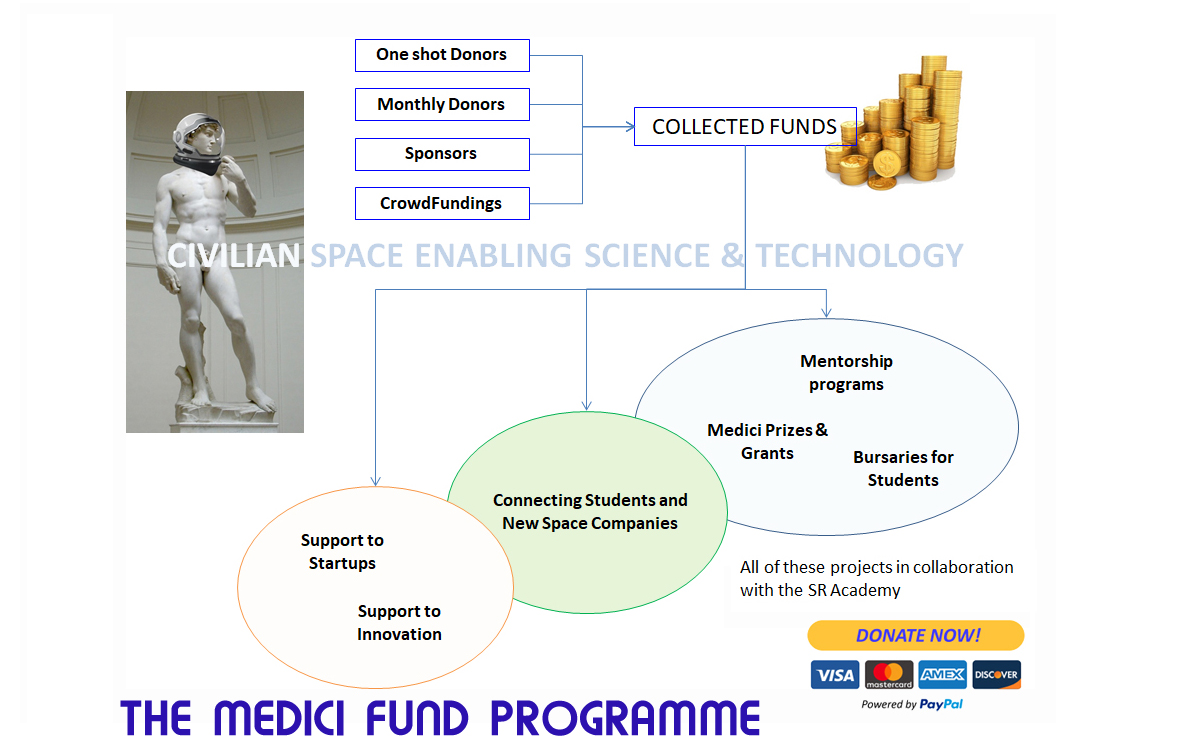
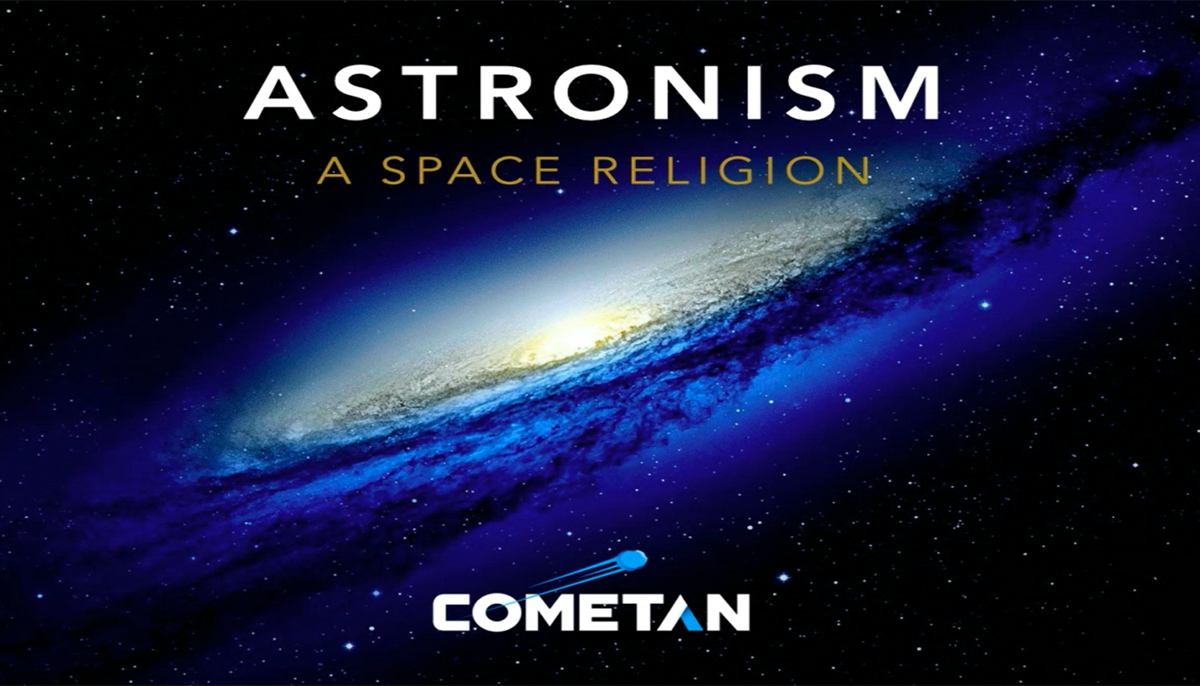
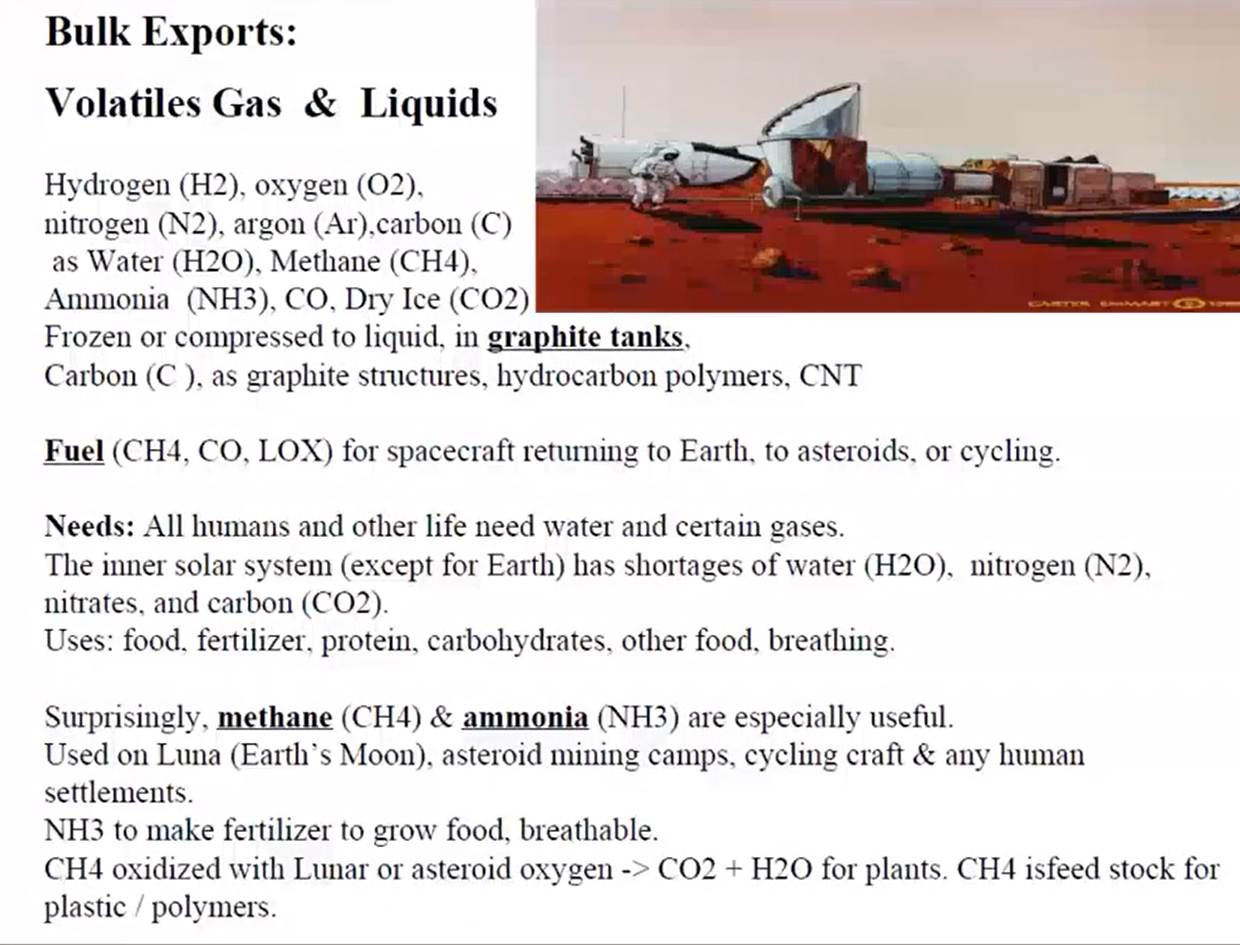
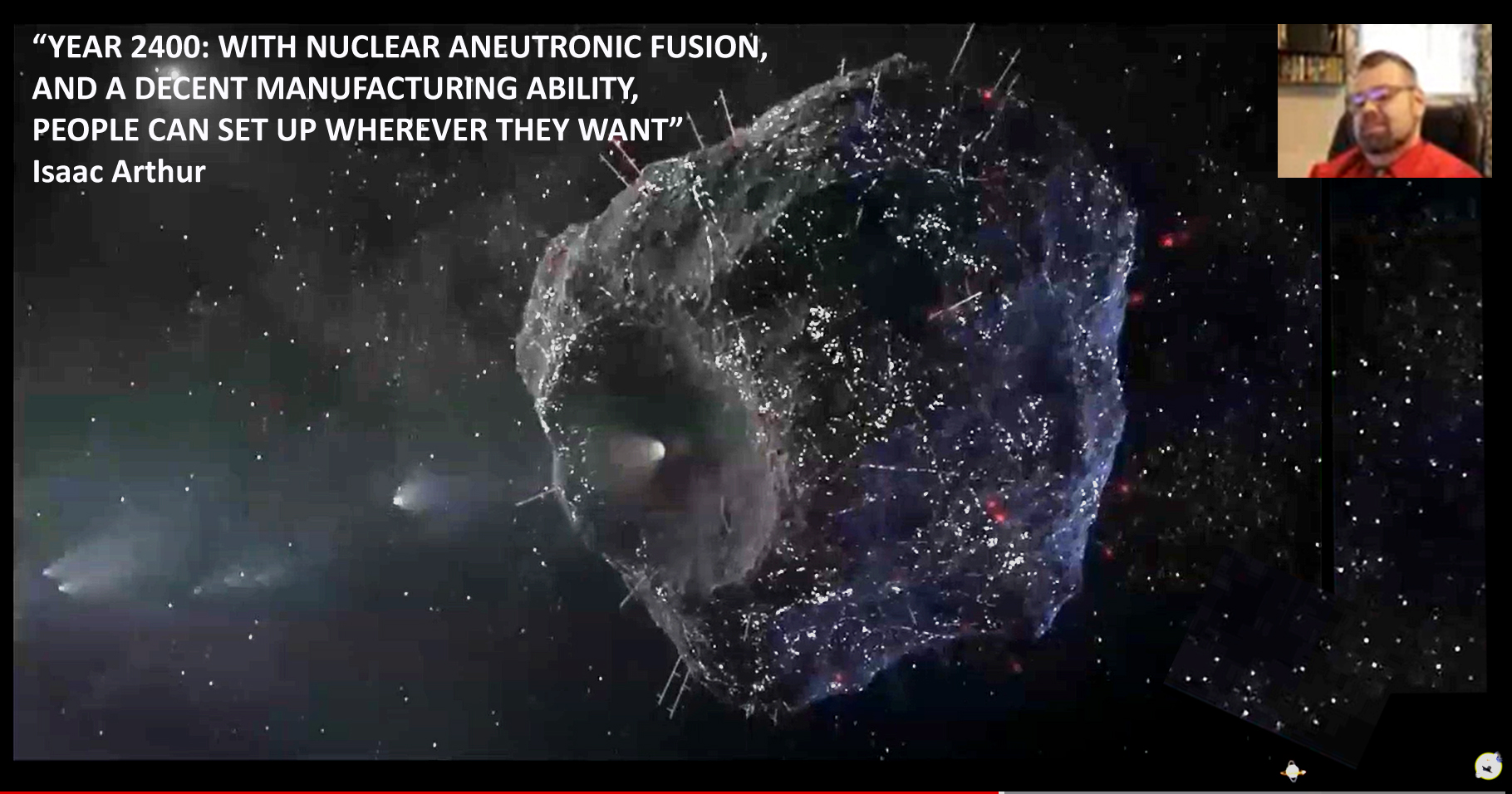
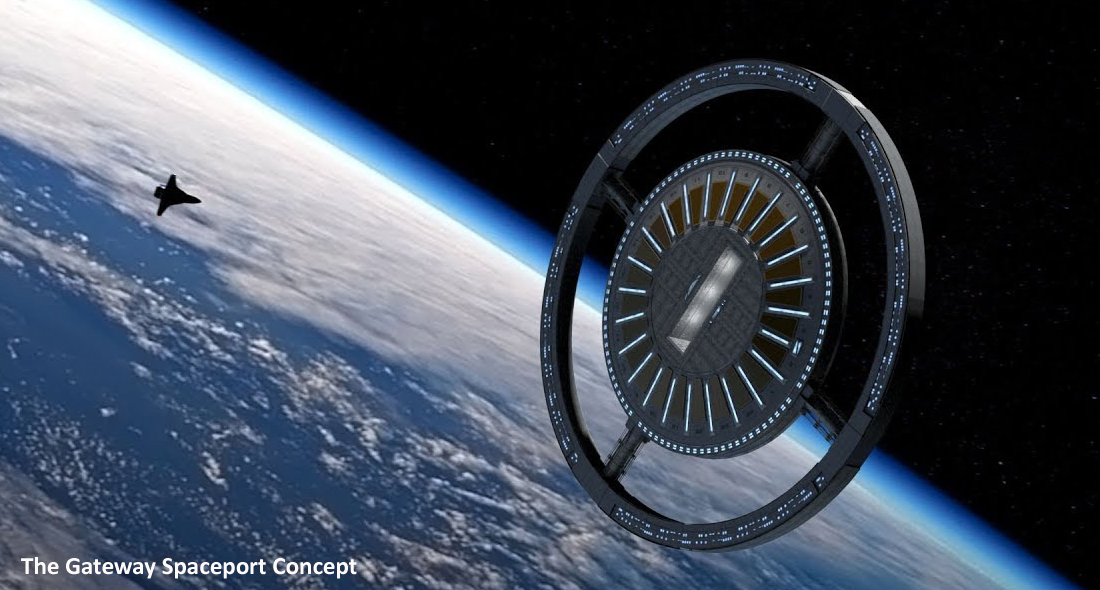
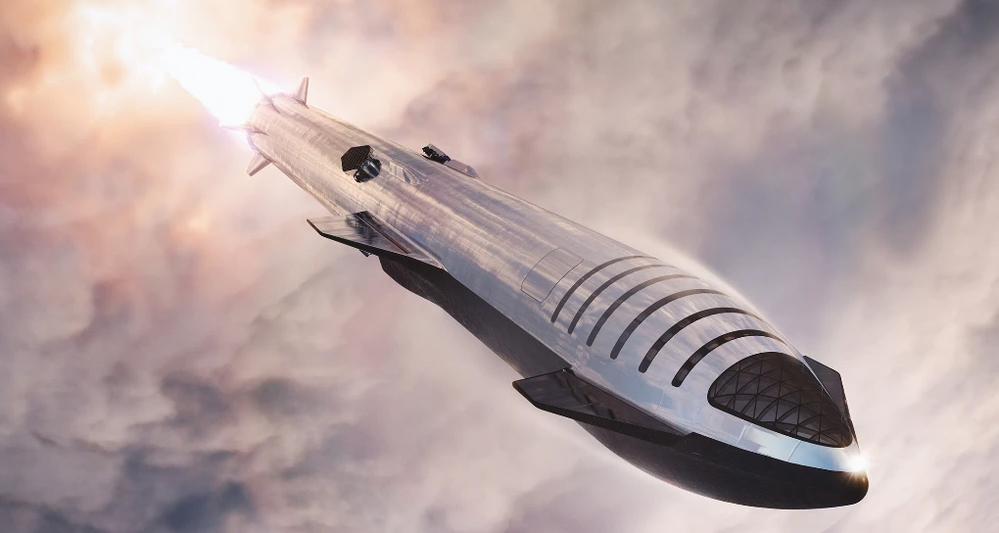
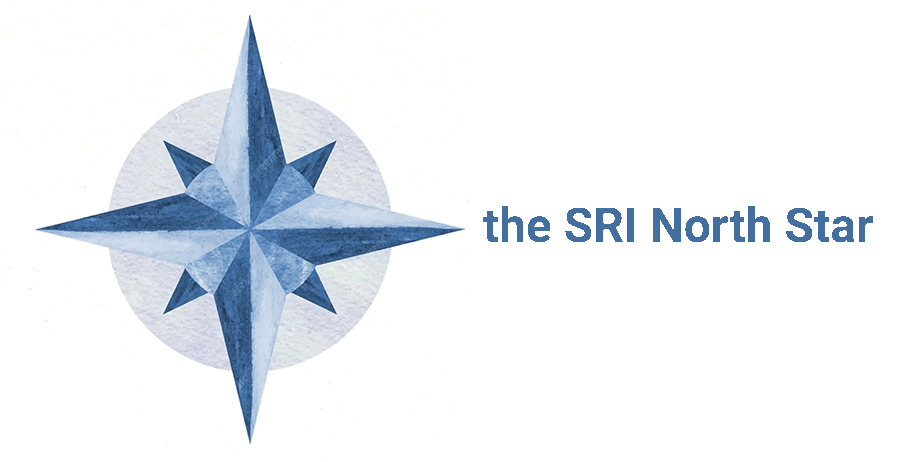

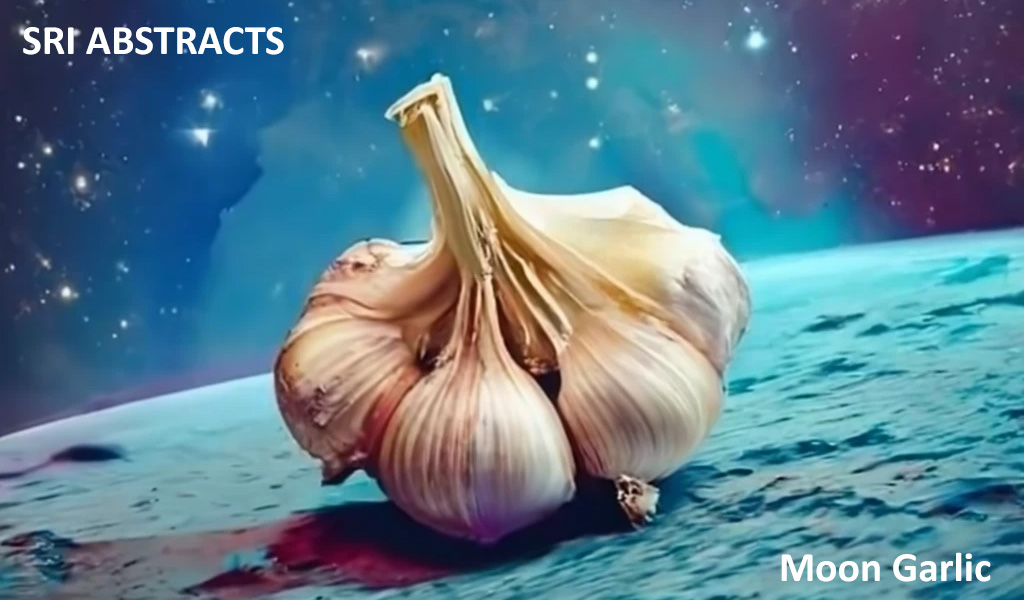

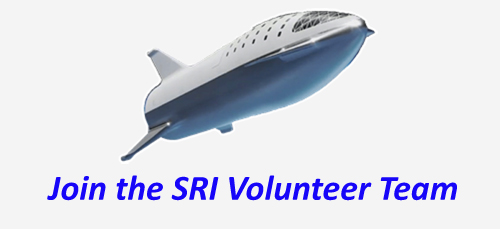

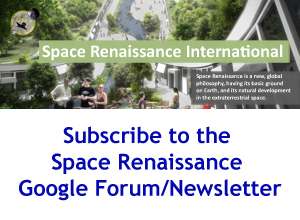
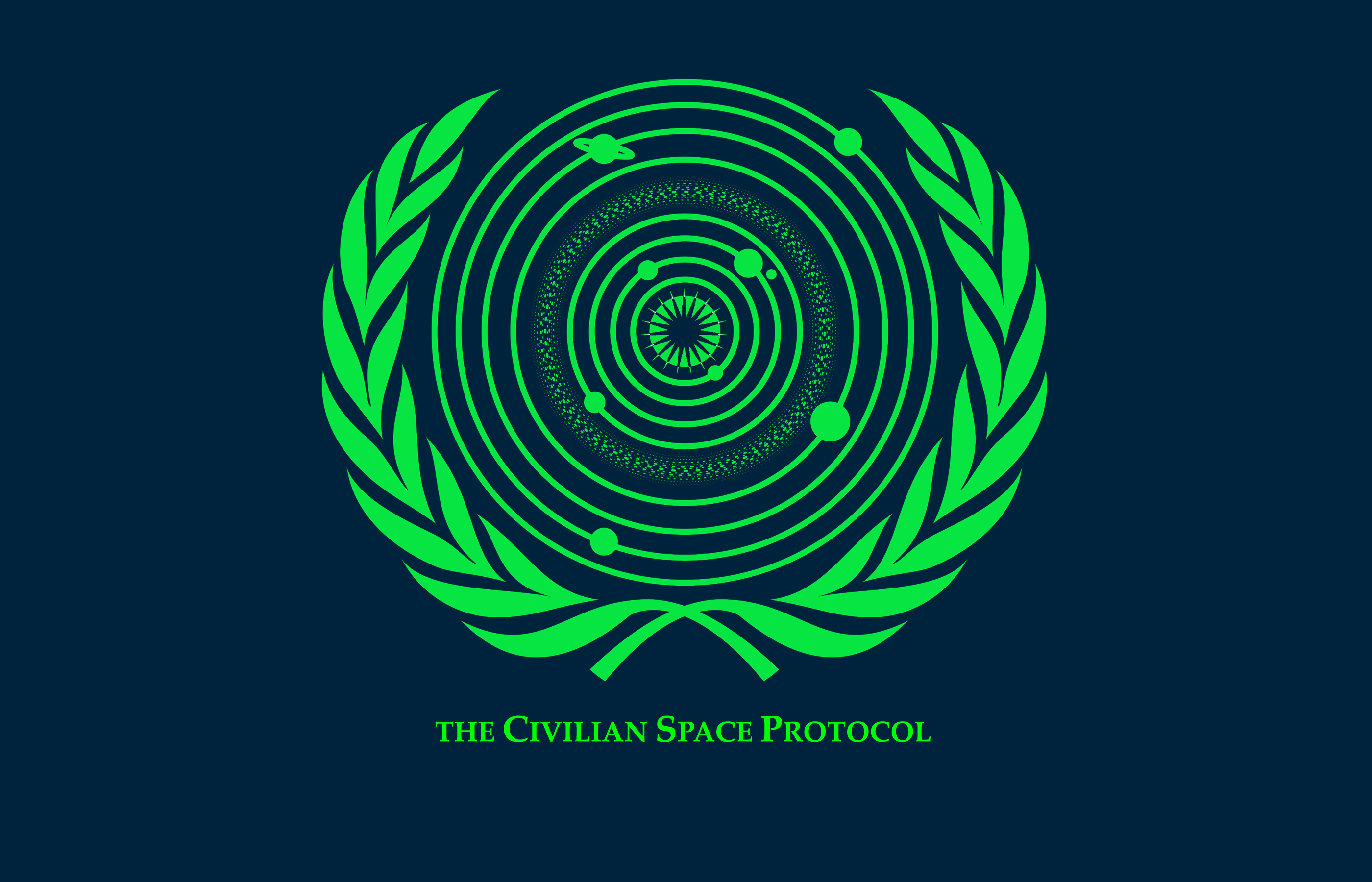
 Space Renaissance France (French Chapter of SRI)
Space Renaissance France (French Chapter of SRI)  Space Renaissance USA, Inc. (USA Chapter of SRI)
Space Renaissance USA, Inc. (USA Chapter of SRI) Space Renaissance (Italian Chapter of SRI)
Space Renaissance (Italian Chapter of SRI) Space Renaissance Academy
Space Renaissance Academy Space Renaissance Initiative Group
Space Renaissance Initiative Group